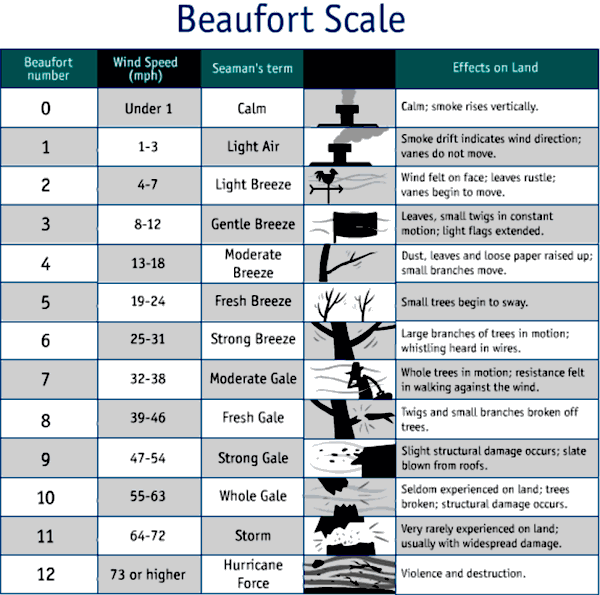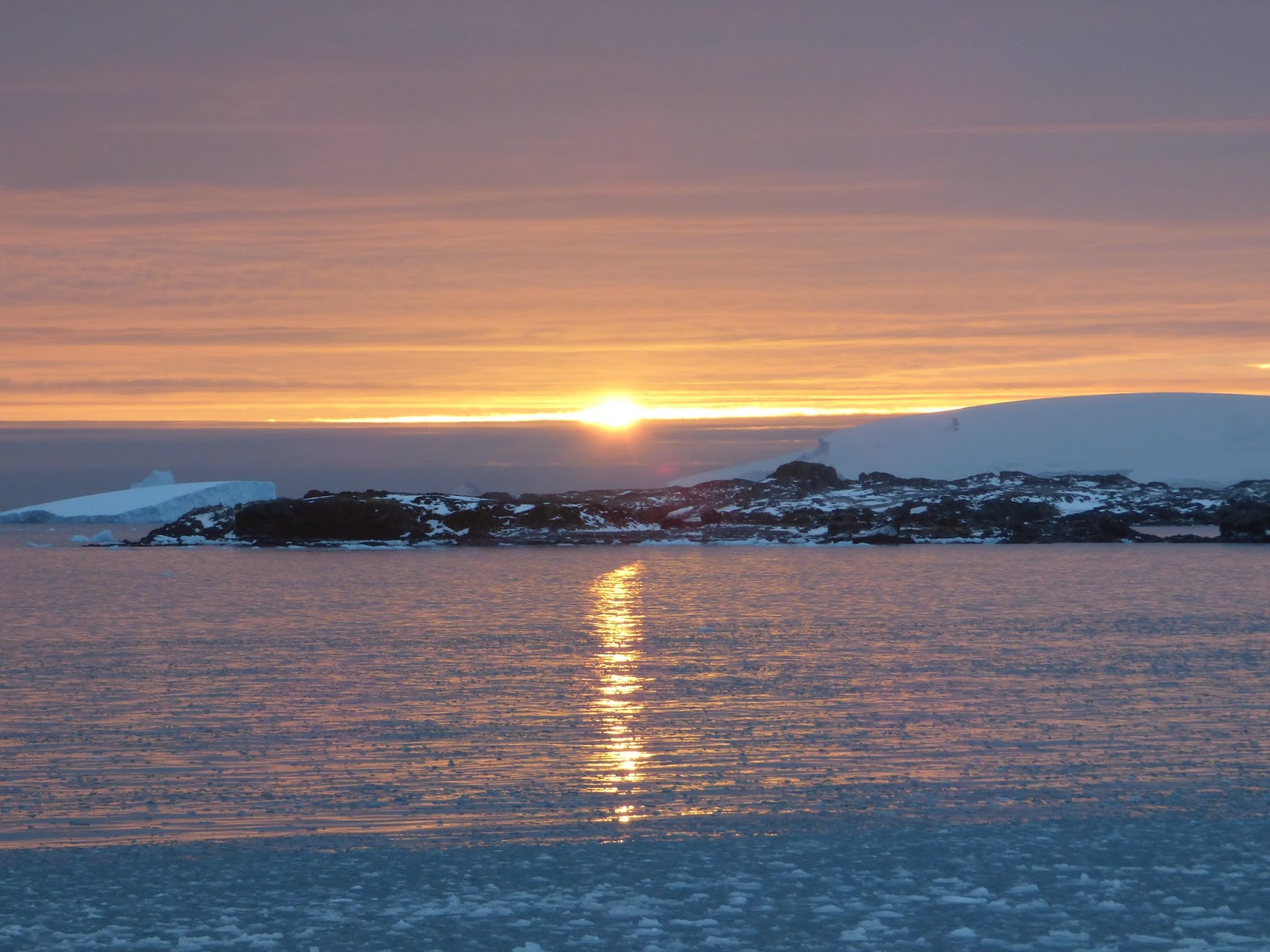Like I said in the earlier post, we did catch some organisms other than krill and copepods in our two night of towing. Among these other organisms were about a dozen little creatures that looked very much like
Clione (also called 'sea angels' because of the way they look). These are pteropods that have lost their shells (http://en.wikipedia.org/wiki/Sea_angel). These little `angles', despite how they look, are voracious predators and in fact, their favorite food is
Limacina Helicina, the very species that we came here to study.
 |
| Sea Angel (from Wikipedia) |
Clione have very interesting wing-like structures (called parapodia) that they flap to move in water and their locomotion has been the subject of many past studies. As such, it seemed like there was little new we could discover about them. However, as we looked closely at the animals we had in our lab, it became clear these were not
Clione; apart from their body color (black and not red) and body shape (not conical but cylindrical with a little bulbous end), their wing planform and (most importantly!) their wing kinematics were very different from
Clione.
 |
| S. Australis -- image captured in Bio lab of Palmer Station by Jeannette, Deepak and Zane. |
So the Jeannette and I started an internet search to try and identify this organism -- guess who figured it out first - the biologist or the mechanical engineer? No surprises there, Jeannette figured out that the what we had swimming in our little tank were in fact
Spongiobranchaea australis.
(see description at http://species-identification.org/species.php?species_group=Pelagic_molluscs&id=182) and not
Clione.
So here is what is so interesting to me as a fluid dynamicist about the swimming of
Spongiobranchaea australis: while there are many animals (wasps, pigeons and even
Limacina helicina) that employ a 'clap-and-fling' type kinematics (see below),
S. australis
 |
| Drawings describing clap-and-fling (from the classic paper of Weis-Fogh) |
seems to go way past clapping into
overlapping. Specifically, it employs a wing stroke where the two wings
overlap each other (and do so significantly) at both ends of the stroke. This seems to be particularly true for the smaller specimens that we have collected. I have yet to come across a flapping animal that does this. Is there a hydrodynamic advantage to overlapping wings? What kind of flow field is created by this kind of kinematics? These would be interesting questions to answer.
 |
| Flapping stroke of S. Australis. |
The plan then is to take as many measurements/videos of these animals that we can before they die (actually, many of them are already dead after one week) so we can eventually develop computational fluid dynamics (CFD) models of these swimming animals. We will also preserve these animals and bring them back with us to our labs so we can make other measurement back home.
So it looks like we have an organism with interesting and unique
locomotory kinematics, and one that does not seem to have been studied
before!!! This is what is so exciting about research. You look for gold and sometimes you find... diamonds!





















































